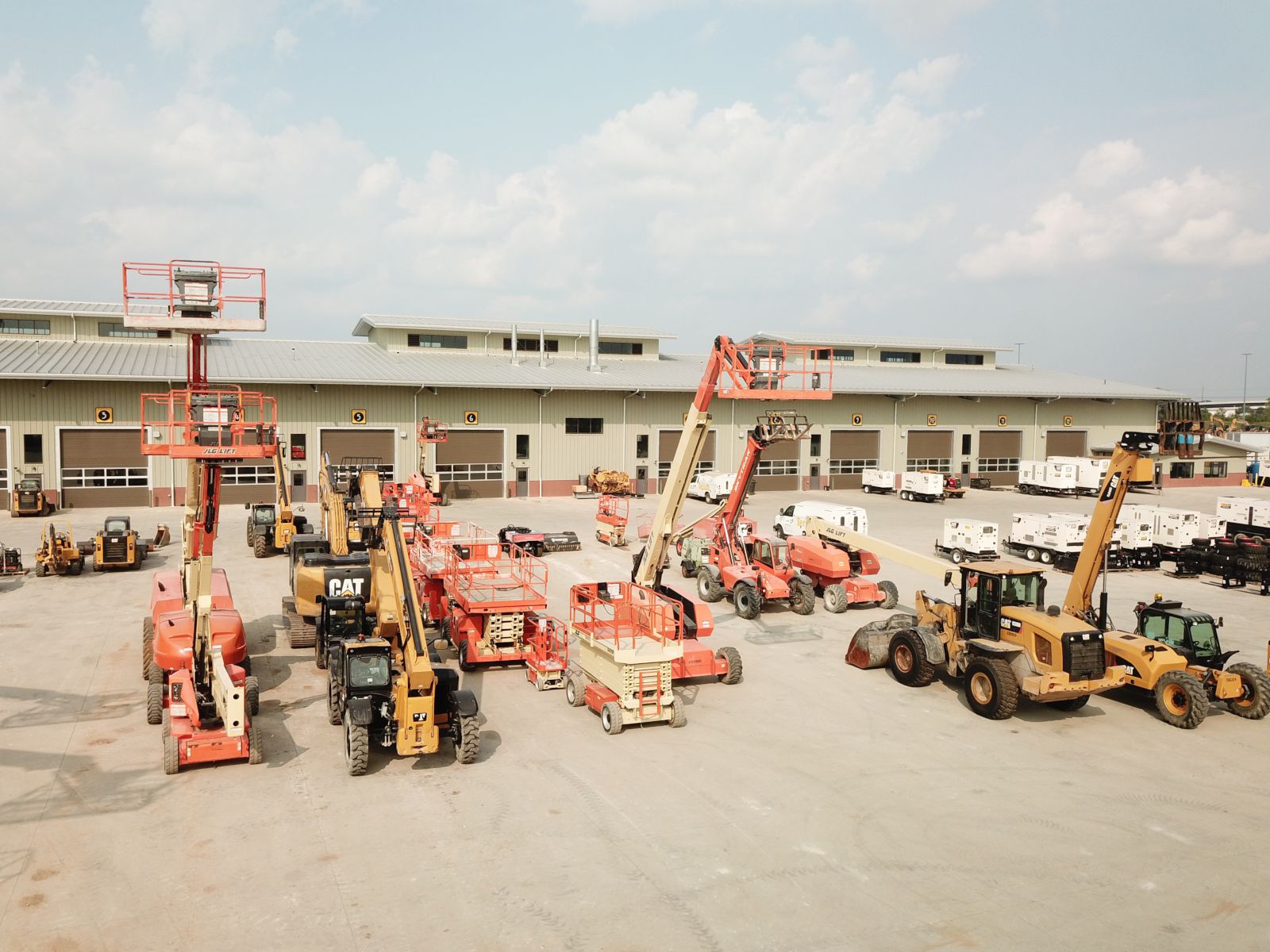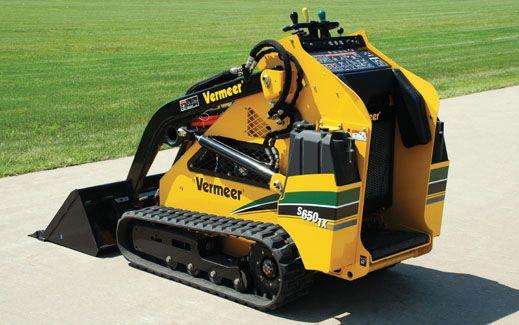Boom Lift Rental: Budget-friendly and Trusted Lifts for Any Type Of Job
Optimize Your Budget Plan by Understanding the Prices Connected With Construction Tools Leasings
Understanding the complete extent of costs connected with building and construction equipment leasings is critical for maximizing your budget plan. What approaches can be employed to effectively handle these prices and ensure a more effective rental experience?
Introduction of Rental Costs
When taking into consideration building equipment leasings, understanding the linked costs is extremely important for efficient budgeting and task planning. Rental prices can vary dramatically based on numerous elements, consisting of equipment kind, period of leasing, and area. The initial rental charge often shows the tools's market demand and its connected functional abilities, affecting the overall cost.
In enhancement to the base rental rate, supplementary prices might occur, such as transport costs, fuel additional charges, and upkeep charges. It is necessary to make up these additional expenditures to precisely assess the overall cost of renting devices. The rental duration can influence rates; longer services might certify for discounted rates, while short-term rentals might incur higher daily charges.

Break Down of Rental Rates
An extensive understanding of rental rates is essential for contractors and project supervisors intending to enhance their budgets. Rental rates for building and construction tools commonly are composed of a number of components, including base prices, time-based fees, and usage costs.
Base prices are the core fees related to the service of the devices, typically identified by the type and dimension of the machinery. These rates can differ substantially, influenced by variables such as devices demand, schedule, and local market trends. Time-based costs, which may be daily, weekly, or monthly, serve to fit different task timelines and rental durations.
Additionally, rental prices may consist of usage fees, which are applicable when devices is utilized past a specified limit, guaranteeing that the rental firm can represent wear and tear. Seasonal need fluctuations can additionally affect rental prices, with peak construction periods generally regulating higher costs.
Moreover, comprehending the rental company's policies pertaining to maintenance and insurance policy can provide additional understanding into the total cost structure. By assessing these components, service providers can make informed decisions, making certain the selection of rental devices straightens with both project demands and spending plan constraints.
Additional Costs to Consider
Understanding the complexities of extra charges is vital for specialists to manage their overall leasing costs successfully. Past the common rental prices, numerous auxiliary costs can significantly impact the complete price of tools service. These costs usually consist of distribution and pick-up fees, which can vary based on range and logistics entailed in moving the tools to and from the work site.
Furthermore, some rental companies may enforce gas additional charges if the equipment is returned with less fuel than when leased. It is additionally vital to know possible cleansing charges, particularly for customized tools that needs extensive maintenance after usage.

Extensively evaluating the rental agreement and clearing up these additional fees upfront can assist professionals avoid unforeseen costs and make certain that budget plans remain undamaged throughout the project lifecycle.
Repair And Maintenance Costs
Regular maintenance and fixing costs are often ignored factors that can substantially influence the total cost of building and construction equipment leasings. When renting out equipment, it is critical to consider not just the rental costs but likewise the possible costs connected with maintaining the machinery in ideal operating problem.
Several rental companies include standard upkeep as part of the rental agreement; nevertheless, extra comprehensive repair services or unanticipated breakdowns can result in added expenditures. It's essential to examine the rental agreement very carefully to recognize what upkeep services are covered and what duties fall on the renter.
Additionally, devices that is not properly maintained can bring about inadequacies at work site, potentially increasing and causing delays project costs. To mitigate these risks, it is advisable to conduct regular inspections and maintain open interaction with the rental provider regarding any kind of concerns that emerge throughout use.
Insurance Coverage and Liability Costs
Insurance policy and responsibility expenses are important elements that can considerably impact the total expenditure of building devices rentals (scissor lift rental). These expenses ensure that both the rental firm and the client are safeguarded from possible monetary losses occurring from crashes, damages, or theft throughout the rental period

In addition, clients need to be aware of any type of deductibles or exclusions in the insurance coverage, as these can influence prospective out-of-pocket expenditures. Understanding the terms of any insurance protection is vital to prevent unanticipated costs. Eventually, budgeting for insurance policy and liability costs can aid ensure a smoother rental experience and safeguard versus economic risks related to building and construction tasks.
Conclusion
Finally, a thorough understanding of the costs associated with building tools services is essential for effective budget plan administration. By assessing rental prices, additional charges, maintenance costs, and insurance policy companies, needs and people can lessen unforeseen expenses. This calculated technique not only improves cost-effectiveness however also guarantees that projects progress review efficiently and successfully. Inevitably, notified decision-making relating to devices rentals adds to the overall success of building and construction undertakings.
Rental costs can differ substantially based on a number of factors, consisting of devices type, period of rental, and area (rental company near me). The rental period can influence prices; longer leasings may certify for reduced rates, while temporary leasings could incur greater everyday costs
By carrying out comprehensive study and engaging with reputable rental business, contractors can properly navigate the intricacies of rental pricing, eventually optimizing their financial sources.
Past the conventional rental prices, various auxiliary charges can substantially impact the overall price of equipment rental. Rental business often click for more info offer responsibility insurance that covers injuries to third celebrations or damages to residential or commercial property, while tools damages insurance can cover the expense of repair services or substitute if the rented equipment is damaged.